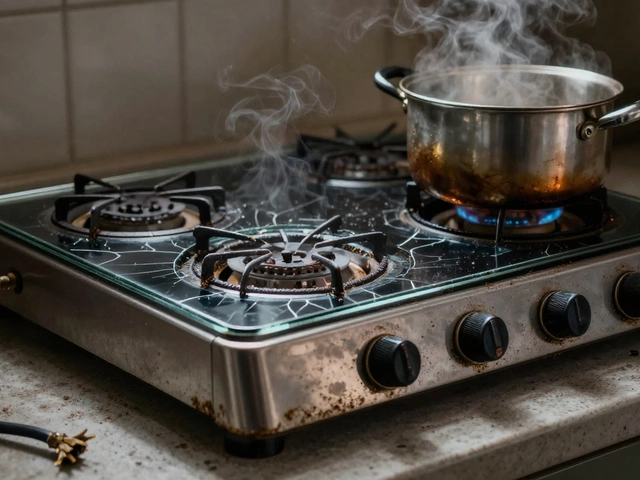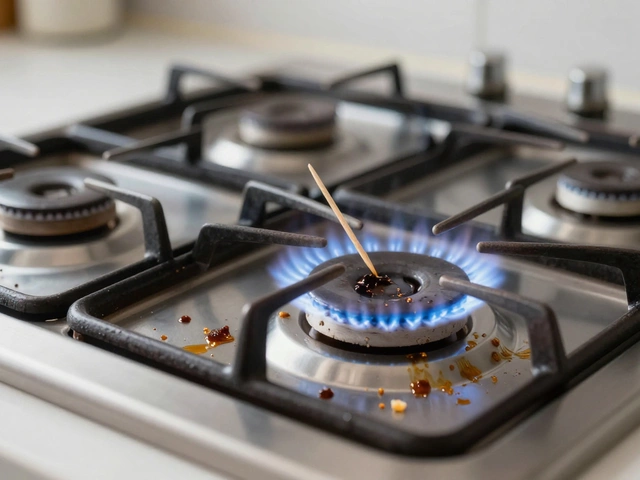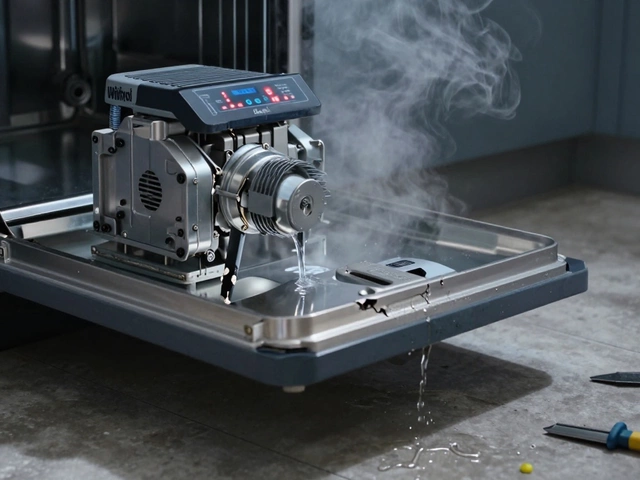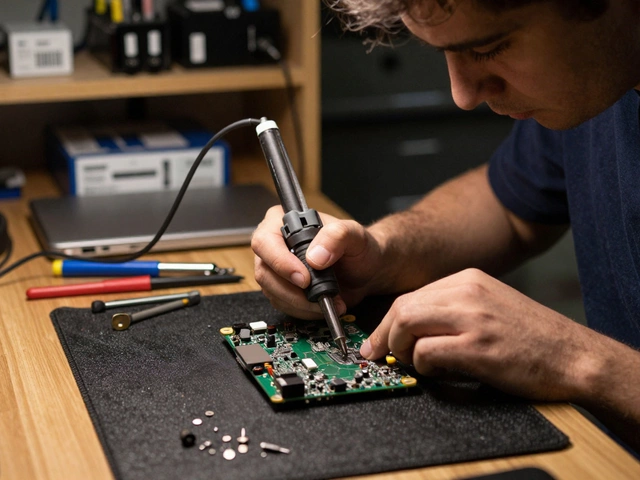Heating Issues Explained – Quick Fixes & Expert Tips
If your home feels like an iceberg or a sauna for no reason, you’re probably dealing with a heating issue. From a stubborn boiler that won’t fire up to an oven that refuses to get hot, the problems can feel endless. The good news? Most of these hiccups have simple, do‑it‑yourself steps you can try before calling a pro.
Spotting the Most Common Heating Problems
Boiler won’t start. Check the thermostat, make sure the pressure gauge sits between 1 and 1.5 bar, and listen for any strange noises. A tripped safety valve or a broken pump can also stop the flow of hot water.
Water heater keeps resetting. A reset button that trips repeatedly often points to an overheating element, a loose wiring connection, or sediment build‑up in the tank. Hold the reset for three seconds; if it trips again, it’s time to drain the tank and flush the system.
Oven not heating. Most ovens use either a heating element or a gas igniter. If the element looks blackened or cracked, it’s likely the culprit. For gas ovens, a clicking sound without a flame means the igniter needs replacing.
Furnace blowing cold air. Start by swapping the air filter – a clogged filter restricts airflow and can cause the furnace to overheat and shut down. Next, verify the thermostat is set to “heat” and the fan to “auto.”
Easy Fixes You Can Do Right Now
1. Reset the system. Many heating devices have a reset button. Give it a firm press for 5–10 seconds. This can clear minor electronic glitches.
2. Bleed radiators. Air pockets make radiators feel cold on the top while the bottom stays warm. Use a radiator key to open the bleed valve, let the hiss stop, then close it.
3. Check power supply. A tripped breaker or a blown fuse can silence an electric boiler or water heater. Reset the breaker or replace the fuse, then test the appliance.
4. Clean burner jets. For gas boilers, mineral deposits can block the flame. Turn off the gas, remove the burner cover, and gently clean the jets with a soft brush.
5. Flush the water heater. Sediment buildup reduces efficiency and triggers the reset. Connect a garden hose to the drain valve, let the water run until it’s clear, then refill.
When you’ve tried these steps and the problem persists, it’s wise to call a qualified technician. Ignoring a faulty boiler, water heater, or oven can lead to higher energy bills, water damage, or even safety hazards.
Keeping up with regular maintenance will save you headaches later. Schedule a boiler service at least once a year, descale your water heater annually, and give your oven a visual inspection every six months.
Remember, heating issues rarely disappear on their own. Spotting the signs early, doing a quick reset, or cleaning a filter can keep your home comfy without breaking the bank.
How Long Can You Live With a Broken Boiler: Risks and Solutions
- Alden Wilder
- Nov 13 2024
- 0 Comments
A broken boiler can disrupt daily life, especially during colder months. This article delves into how long you can safely endure without a functional boiler, examining the potential risks, signs of urgent repair, and practical solutions to manage while awaiting repair. Understanding these aspects can help you effectively plan for maintenance and reduce the discomfort of unexpected boiler breakdowns. Our guide also offers tips for temporary fixes and how to prevent future malfunctions.
View More




